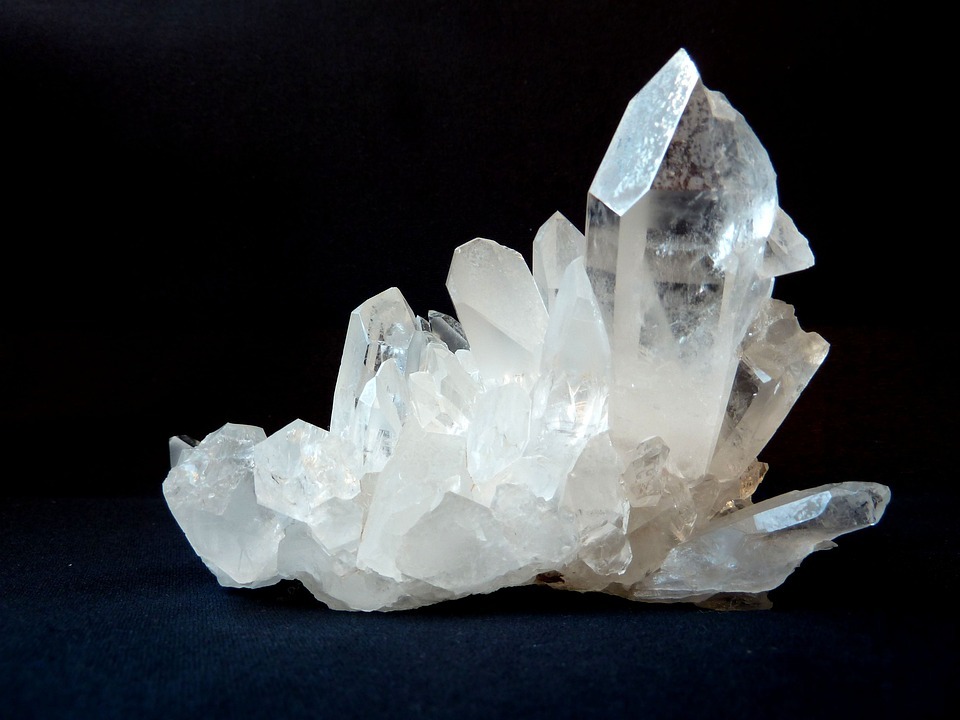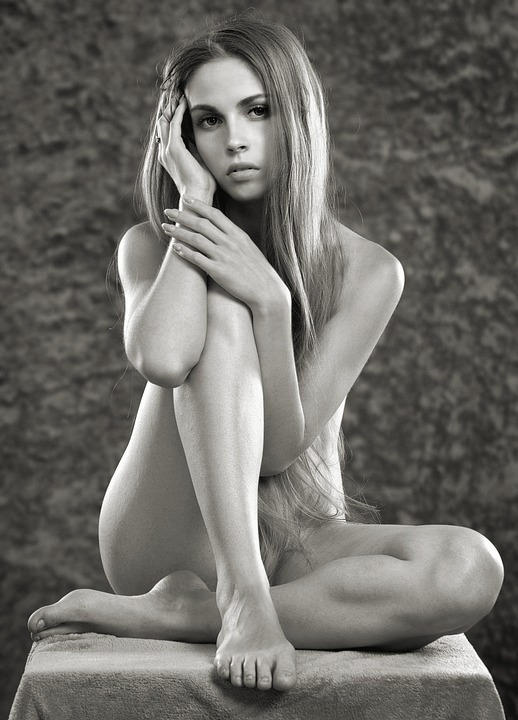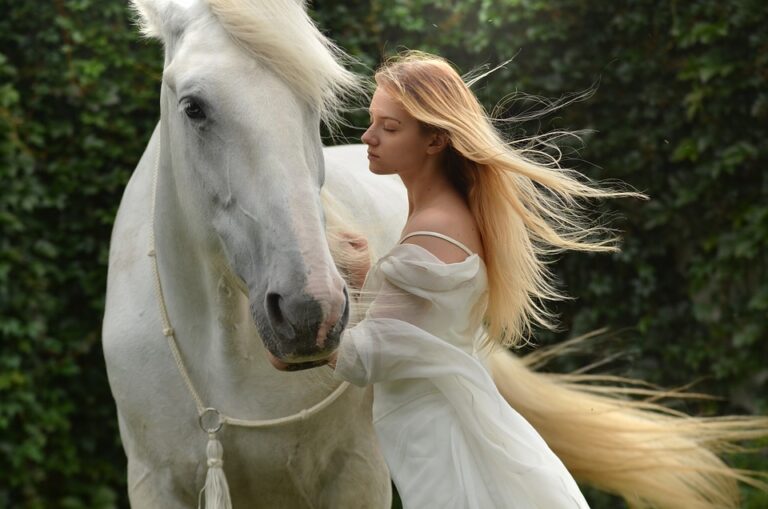Beauty has been an important aspect of human society for centuries, with different cultures and civilizations developing their own unique beauty rituals to enhance their appearance. While some of these rituals may seem bizarre by today’s standards, they were considered essential practices in ancient times. From using poisonous substances to pluck hairs to applying bird droppings for a glowing complexion, ancient civilizations had some truly unusual beauty rituals. In this article, we will explore 45 bizarre beauty rituals from ancient civilizations and delve into the reasons behind them.
1. Ancient Egypt: The ancient Egyptians were known for their elaborate beauty rituals, with both men and women using cosmetics to enhance their appearance. One of the most bizarre beauty practices of the ancient Egyptians was the use of lead-based kohl as eyeliner. While lead is a toxic substance that can lead to serious health problems, the ancient Egyptians believed that it helped protect their eyes from the sun’s glare.
2. Ancient Greece: In ancient Greece, women used a mixture of crocodile dung and donkey’s milk as a face mask to achieve a flawless complexion. While this may seem like an unappealing combination, the Greeks believed that it helped to exfoliate the skin and keep it looking youthful.
3. Ancient Rome: The ancient Romans used urine as a teeth-whitening agent, believing that the ammonia in urine could help remove stains and plaque from the teeth. While this may sound repulsive to modern sensibilities, urine was actually a common ingredient in many beauty products in ancient Rome.
4. Ancient China: In ancient China, women used a mixture of ground pearls and powdered jade to create a pale white complexion. This was considered the height of beauty in Chinese society, with women going to great lengths to achieve the look of porcelain skin.
5. Ancient India: In ancient India, women used a mixture of turmeric and milk to create a face mask that would help to brighten their complexion and reduce blemishes. Turmeric is known for its anti-inflammatory and antioxidant properties, making it a popular ingredient in modern skincare products as well.
6. Ancient Mesopotamia: The ancient Mesopotamians used a mixture of barley flour and milk as a face mask to cleanse and exfoliate their skin. They believed that this would help to remove impurities and keep their skin looking radiant.
7. Ancient Japan: In ancient Japan, women used nightingale droppings as a facial cleanser to help remove dirt and oil from their skin. Nightingale droppings contain enzymes that break down dead skin cells, making them an effective exfoliant.
8. Ancient Maya: The ancient Maya used crushed insects to create a red dye that they would apply to their lips and cheeks as a form of makeup. This was believed to enhance their beauty and make them more attractive to potential suitors.
9. Ancient Aztec: The ancient Aztecs used crushed beetles as a form of lip color, creating a deep red pigment that they would apply to their lips for a bold and dramatic look. This was considered a symbol of beauty and status in Aztec society.
10. Ancient Persia: In ancient Persia, women used a mixture of saffron and rosewater to create a fragrant perfume that they would wear to enhance their beauty. Saffron is known for its anti-inflammatory properties, while rosewater has a calming effect on the skin.
11. Ancient Inca: The ancient Incas used a mixture of avocado and honey as a face mask to nourish and moisturize their skin. Avocado is rich in vitamins and antioxidants, while honey has antibacterial properties that can help to clear up acne and blemishes.
12. Ancient Viking: The ancient Vikings used a mixture of ash and animal fat as a form of hair dye, creating vibrant red and blonde shades that they would wear to show off their status and beauty. This was a common practice among the Vikings, with both men and women using hair dye to enhance their appearance.
13. Ancient Celtic: The ancient Celts used woad as a form of body paint, creating intricate blue designs on their skin to enhance their beauty. Woad is a plant-based dye that produces a deep blue color, which the Celts believed would ward off evil spirits and protect them from harm.
14. Ancient Native American: The ancient Native Americans used clay as a form of sunscreen, applying it to their skin to protect themselves from the sun’s harmful rays. Clay has natural sun-protective properties, making it an effective form of sun protection in ancient times.
15. Ancient African: The ancient Africans used shea butter as a moisturizer, applying it to their skin to keep it soft and hydrated. Shea butter is rich in vitamins and antioxidants, making it a popular ingredient in modern skincare products as well.
16. Ancient Australian: The ancient Australians used eucalyptus oil as a form of insect repellent, applying it to their skin to keep bugs at bay. Eucalyptus oil has a strong scent that insects find repellent, making it an effective natural insect repellent.
17. Ancient Polynesian: The ancient Polynesians used coconut oil as a moisturizer, applying it to their skin to keep it soft and supple. Coconut oil is rich in fatty acids and antioxidants, making it a popular skincare ingredient in modern times as well.
18. Ancient Tibetan: The ancient Tibetans used yak butter as a form of moisturizer, applying it to their skin to keep it hydrated in the harsh Tibetan climate. Yak butter is rich in nutrients and natural fats, making it an effective moisturizer for dry and chapped skin.
19. Ancient Aztec: The ancient Aztecs used avocado as a form of hair mask, applying it to their hair to nourish and strengthen it. Avocado is rich in vitamins and minerals that can help to improve the health and appearance of hair.
20. Ancient Mayan: The ancient Mayans used cacao as a form of lip balm, applying it to their lips to keep them soft and moisturized. Cacao is rich in antioxidants and fatty acids that can help to protect and nourish the delicate skin on the lips.
21. Ancient Egyptian: The ancient Egyptians used henna as a form of temporary tattoo, applying it to their skin to create intricate designs and patterns. Henna is a natural dye that produces a reddish-brown color, which the Egyptians believed would ward off evil spirits and bring them good luck.
22. Ancient Greek: The ancient Greeks used olive oil as a form of cleanser, applying it to their skin to remove dirt and impurities. Olive oil is rich in antioxidants and fatty acids that can help to cleanse and hydrate the skin.
23. Ancient Roman: The ancient Romans used honey as a form of exfoliant, applying it to their skin to remove dead skin cells and reveal a fresh, glowing complexion. Honey has natural exfoliating properties that can help to improve the texture and tone of the skin.
24. Ancient Chinese: The ancient Chinese used green tea as a form of toner, applying it to their skin to tighten and tone the complexion. Green tea is rich in antioxidants that can help to protect the skin from free radical damage and keep it looking youthful.
25. Ancient Indian: The ancient Indians used neem oil as a form of acne treatment, applying it to their skin to help clear up breakouts and blemishes. Neem oil has antibacterial and anti-inflammatory properties that can help to reduce redness and inflammation associated with acne.
26. Ancient Mesopotamian: The ancient Mesopotamians used rosewater as a form of perfume, applying it to their skin to create a fragrant scent. Rosewater has a calming effect on the skin and can help to reduce inflammation and redness.
27. Ancient Japanese: The ancient Japanese used rice water as a form of hair rinse, applying it to their hair to help strengthen and nourish it. Rice water is rich in vitamins and minerals that can help to improve the health and appearance of hair.
28. Ancient Maya: The ancient Mayans used aloe vera as a form of sunburn treatment, applying it to their skin to soothe and heal sun-damaged skin. Aloe vera has soothing and healing properties that can help to reduce redness and inflammation associated with sunburn.
29. Ancient Aztec: The ancient Aztecs used chia seeds as a form of face mask, applying them to their skin to hydrate and nourish it. Chia seeds are rich in omega-3 fatty acids and antioxidants that can help to improve the texture and tone of the skin.
30. Ancient Persian: The ancient Persians used saffron as a form of face mask, applying it to their skin to brighten and lighten the complexion. Saffron is rich in antioxidants and anti-inflammatory properties that can help to improve the overall appearance of the skin.
31. Ancient Viking: The ancient Vikings used fish oil as a form of hair treatment, applying it to their hair to help strengthen and nourish it. Fish oil is rich in omega-3 fatty acids that can help to improve the health and appearance of hair.
32. Ancient Celtic: The ancient Celts used seaweed as a form of body scrub, applying it to their skin to exfoliate and cleanse it. Seaweed is rich in vitamins and minerals that can help to improve the overall health and appearance of the skin.
33. Ancient Native American: The ancient Native Americans used cornmeal as a form of body scrub, applying it to their skin to exfoliate and cleanse it. Cornmeal is a natural exfoliant that can help to remove dead skin cells and reveal a fresh, glowing complexion.
34. Ancient African: The ancient Africans used shea butter as a form of body butter, applying it to their skin to keep it soft and hydrated. Shea butter is rich in vitamins and antioxidants that can help to nourish and protect the skin.
35. Ancient Australian: The ancient Australians used tea tree oil as a form of acne treatment, applying it to their skin to help clear up breakouts and blemishes. Tea tree oil has antibacterial and anti-inflammatory properties that can help to reduce redness and inflammation associated with acne.
36. Ancient Polynesian: The ancient Polynesians used coconut oil as a form of hair oil, applying it to their hair to help strengthen and nourish it. Coconut oil is rich in fatty acids and antioxidants that can help to improve the health and appearance of hair.
37. Ancient Tibetan: The ancient Tibetans used rhubarb as a form of sunscreen, applying it to their skin to protect themselves from the sun’s harmful rays. Rhubarb is rich in antioxidants that can help to protect the skin from free radical damage and keep it looking youthful.
38. Ancient Aztec: The ancient Aztecs used avocado as a form of hair mask, applying it to their hair to nourish and strengthen it. Avocado is rich in vitamins and minerals that can help to improve the health and appearance of hair.
39. Ancient Mayan: The ancient Mayans used cacao as a form of lip balm, applying it to their lips to keep them soft and moisturized. Cacao is rich in antioxidants and fatty acids that can help to protect and nourish the delicate skin on the lips.
40. Ancient Egyptian: The ancient Egyptians used henna as a form of temporary tattoo, applying it to their skin to create intricate designs and patterns. Henna is a natural dye that produces a reddish-brown color, which the Egyptians believed would ward off evil spirits and bring them good luck.
41. Ancient Greek: The ancient Greeks used olive oil as a form of cleanser, applying it to their skin to remove dirt and impurities. Olive oil is rich in antioxidants and fatty acids that can help to cleanse and hydrate the skin.
42. Ancient Roman: The ancient Romans used honey as a form of exfoliant, applying it to their skin to remove dead skin cells and reveal a fresh, glowing complexion. Honey has natural exfoliating properties that can help to improve the texture and tone of the skin.
43. Ancient Chinese: The ancient Chinese used green tea as a form of toner, applying it to their skin to tighten and tone the complexion. Green tea is rich in antioxidants that can help to protect the skin from free radical damage and keep it looking youthful.
44. Ancient Indian: The ancient Indians used neem oil as a form of acne treatment, applying it to their skin to help clear up breakouts and blemishes. Neem oil has antibacterial and anti-inflammatory properties that can help to reduce redness and inflammation associated with acne.
45. Ancient Mesopotamian: The ancient Mesopotamians used rosewater as a form of perfume, applying it to their skin to create a fragrant scent. Rosewater has a calming effect on the skin and can help to reduce inflammation and redness.
Tips related to bizarre beauty rituals from ancient civilizations:
1. While some ancient beauty rituals may seem intriguing, it’s important to remember that not all of them are safe or effective. Before trying any ancient beauty ritual, be sure to research its ingredients and potential side effects.
2. If you’re interested in incorporating ancient beauty rituals into your routine, consider starting with simple practices like using natural ingredients such as honey, avocado, or coconut oil. These ingredients have been used for centuries and are generally safe for most skin types.
3. Be wary of beauty products that claim to replicate ancient beauty rituals using modern ingredients. While some products may be inspired by ancient practices, it’s important to carefully read the ingredients list and research the efficacy of the product before using it.
4. Remember that beauty is subjective and personal, and there is no one-size-fits-all approach to beauty. Embrace your unique features and experiment with different beauty rituals to find what works best for you.
5. When trying new beauty rituals, listen to your skin and pay attention to how it reacts. If a particular ingredient or product causes irritation or discomfort, discontinue use immediately and consult a dermatologist. Your skin’s health and safety should always be your top priority.








